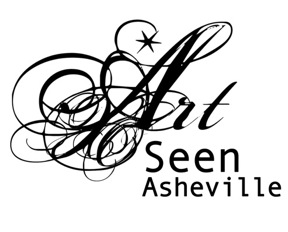
Back in the day I sold pottery with my friend Tim Foss at high end craft shows all around the Pacific Coast and a few times in the Midwest and on the East Coast. Without fail, EVERY SINGLE TIME we worked one of these fairs at least one of the following comments would get made:
"I should take a pottery class, I bet I could make that."
Or, even better:
"Sharon's taking a pottery class, we should have her make us something like this."
Those kind of comments always suck and here's what I have to say to them:
You didn't make it. You didn't have the idea or the initiative to make it, and you probably never will make it. And anyways, I'd like to see you try to make it, because I will bet you that you can't make it.
One time a woman held up a piece we had on display -- a pretty petite green crackle-glazed pitcher -- and without looking at us she said,
"I'll take 3 of these in blue."
To her, I wish I would have said:
"This isn't The Pottery Barn. This is a craft show, and you're looking at original handmade one-of-a kind pieces here. Do you see any other blue pieces in our display? No. Don't assume we have blue ones, just because it's the best selling pottery color in the world, next time ASK us if we have any blue ones."
Just try to imagine it: you're sitting there all day, stuck in a booth, trying to make a living, and someone says,
"Hm, this would be perfect if only it was a little smaller."
So then maybe you say something like,
"Oh, I do have a smaller one. Here, take a look."
To which the response is,
"Hmmm..yeah, I think that one is probably too small."
There's also a type of comment that comes up a lot in art critiques, that makes me cringe on the inside, and it's the:
"Oh! this looks a lot like _________'s work."
"Oh! this looks a lot like _________'s work."
Or, "Are you familiar with _________'s work? Your art looks a lot like his."
Or, "You need to meet ______. You and he have a similar style, I think you'd really get along."
Don't get me wrong, I understand why people say this kind of thing, and I definitely have done it in my life. Comparison's are understandable, and obviously whatever you make is going to look like or have similar qualities to someone else's. But perhaps a more thoughtful thing to say would be:
"Have you heard of_____? You're work really reminds me of his. I love his use of color!"
Maybe the simple point I'm trying to make here is this: Anytime you're looking at art or crafts, please try to remember that a person actually spent a lot of time conceptualizing, designing and making the piece. Just be sensitive to that. Constructive criticism is good, but flippant remarks can be really irritating.
And please keep that "I bet I could make this" comment to yourself until you get home and actually try to make it.
BTW: If I could remember all the dumb things I've overheard in museums I'd write them down, but I've blocked them all out, thankfully. There is one that I'll never forget because it was just so bizarre. I was at a Frieda Kahlo retrospective in Seattle. Two ladies were looking at one of the many amazing Kahlo portraits on display and one of the women actually said: "She must have been a transexual. Just look at her!"
HUHHH?????
Here's a book about art etiquette that looks like it might be kind of amusing.











